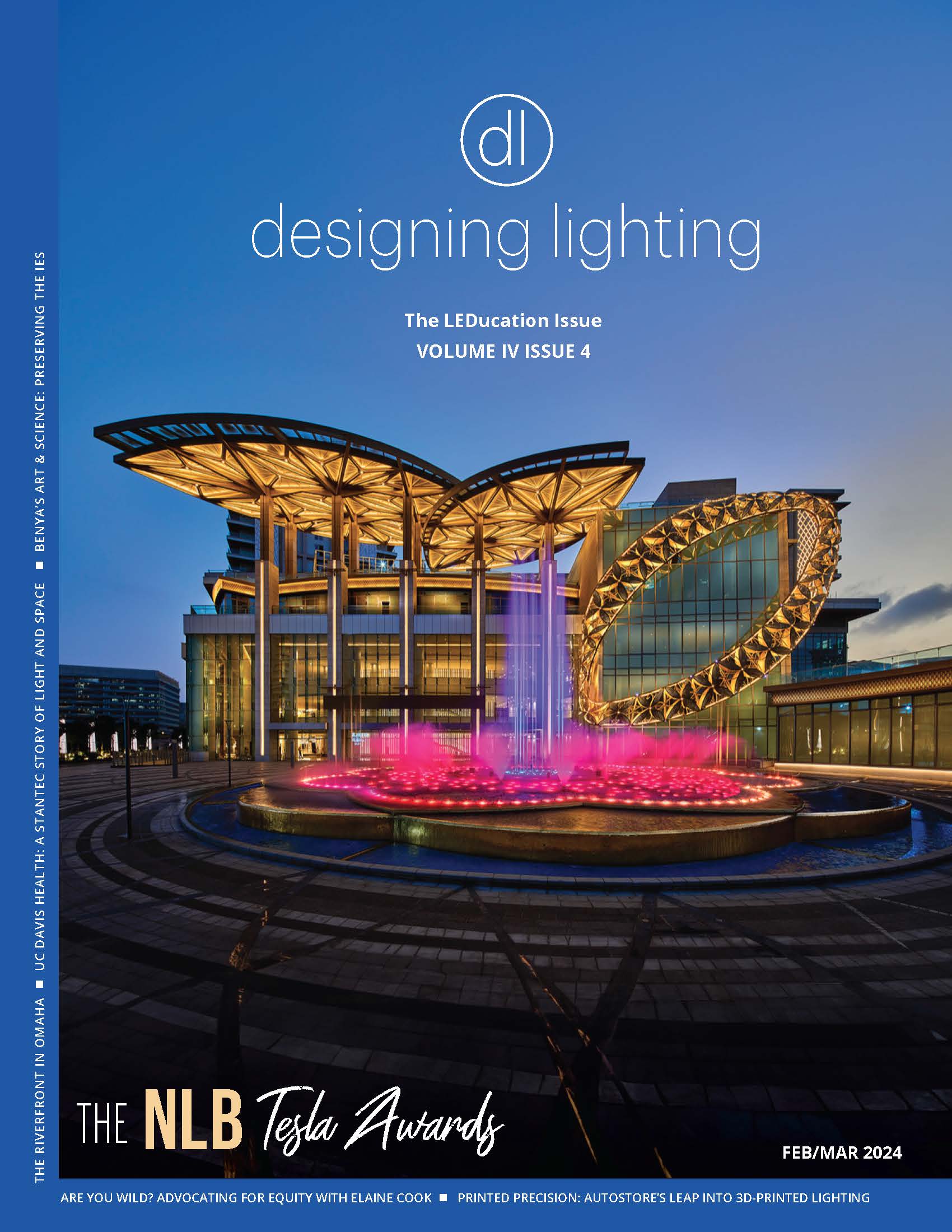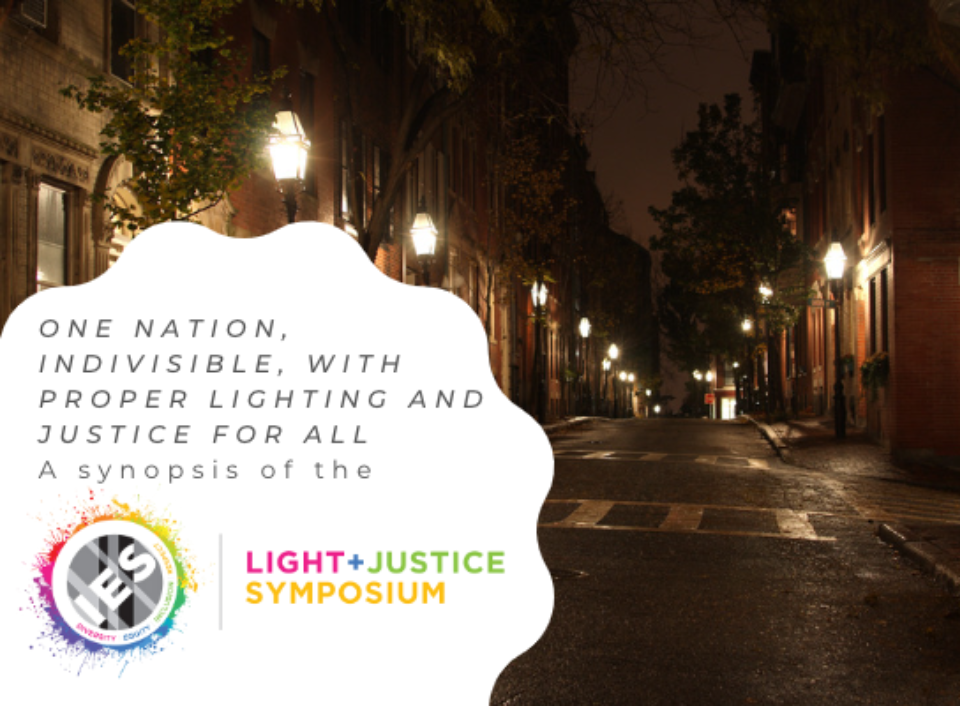The feminist movement of the late 1960s utilized the phrase “consciousness raising” to educate the public at large of an issue that they might not know of or have reason to care about. A crucial component of any movement’s success is the ability to show bystanders that a problem exists, and something must be done to fix it.
The IES recently hosted the Light + Justice Symposium, a series of three 90-minute sessions that was, at least for me, an exercise in consciousness raising. The sessions explored the intersection among public lighting, environmental justice and social justice.
The genesis of the symposium began several years ago when the murder of George Floyd shocked many around the country into action. Lighting designer Edward Bartholomew and Mark Loeffler, co-founders of Light Justice, initiated conversations about the role of lighting in promoting (or hindering) equality. They realized that they, as lighting designers, mostly served wealthy, privileged communities, while poorer communities received little attention from the lighting design industry. Their discussions morphed into presentations and articles and, ultimately, this symposium exploring the impacts of bad lighting and the opportunity to remedy these injustices.
What is light justice?
It is “the practice of planning, designing, implementing, and investing in good lighting for under-resourced communities through a process of stakeholder engagement and community-supported placemaking.” It involves looking at all of the effects of lighting design for a community, from crime reduction (often considered) to quality of life (rarely considered). And crucially, it means involving the members of the community in the design process of that community.
The October issue of designing lighting (dl) featured content about the effects of dysregulated light on different populations. It is one of numerous examples of the way in which traditional lighting design has negatively impacted minority communities.
The first of the three sessions, “Light Injustice: From Lantern Laws to Omnipresence” moderated by Bartholomew and panelists Celeste Henery, Daniel Mendoza, and Tim Edensor traced the history of how light has often been deployed to the detriment of minority communities.
From practices like 18th century lantern laws to the much more modern practice of omnipresence, the common theme is that light is a tool that, when used incorrectly, can impact entire populations in grave ways.
“Artificial light plays a vital role in making places functional, efficient, and attractive, but what are the costs, and for whom?” asked Henery. Underprivileged communities are typically characterized by way too much light at night, high CCT, and excessive glare, making them uncomfortable places to live, but also negatively impacting the health of their residents.
Understanding this aspect of lighting history is crucial to how we can improve the lives of those who suffer from light injustice.
“Opportunities & Barriers Now for Light Justice in the Public Realm,” moved the discussion toward how the issues earlier highlighted can be resolved. What actions can lighting designers and project managers take to ensure their actions don’t propagate unjust designs? Moderator Mark Loeffler and panelists Robin Miller, Bob Parks, and Giovanni Zinn explored the process of responsibly designing environments and the hurdles faced.
Parks succinctly explained, “We need to work with people who live with this lighting in order to get the best lighting for the neighborhood.”
“Light Justice and Practice” focused on projects and initiatives that are helping to foster community involvement in the design process. Moderator Brienne Musselman and panelists Ifeoma Ebo, Francesca Bastianini, and Glenn Shrum discussed projects they have been a part of where community participation brought about a deeper understanding. Bastianini explained, “We are encouraged to vote locally, to shop locally, but I think we should equally be tasked with designing locally.” Ebo wants a design approach “that is empowering, not one that is punitive.”
Each presenter’s topic could have easily been a foundation for a stand-alone seminar. The symposium is available on the IES website, and CEUs can be earned for watching videos in their entirety.



